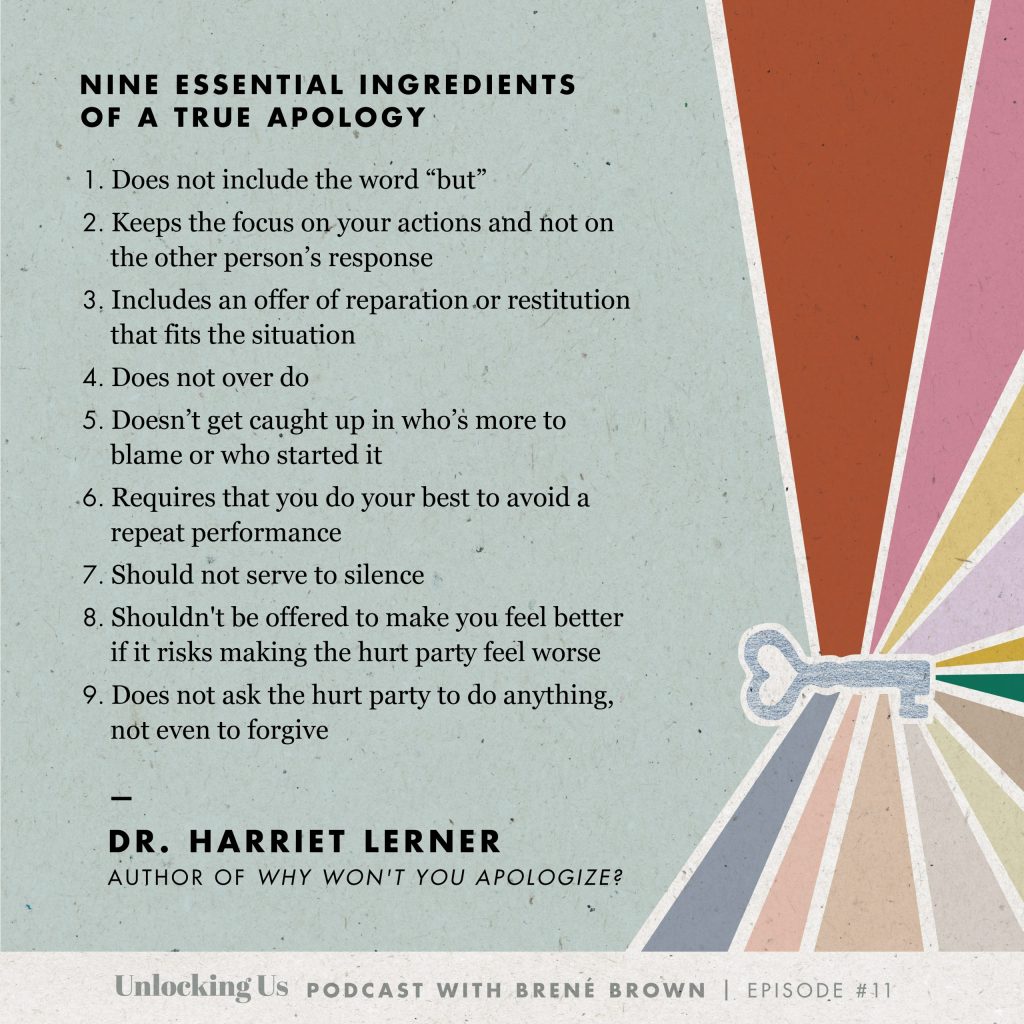I will never forget my first supply day for virtual learning. Even though I am early into my teaching career, I believe this experience has changed the way I will reflect on my teaching practice for years to come – dare I say forever?
As I logged onto my first Google Meet with no idea who was greeting me on the other side, so many things raced through my mind and my heart felt like it was going to beat out of my chest. Nerves. Excitement. Fear.
In my last post I reflected on my realization of the power of connection and children’s drive for relationships. As I continue to venture on with positivity and optimism, I cannot ignore the raw emotions I have felt, the challenges I have faced and the questions I have unanswered.
“I don’t know”.
In my personal and professional life this year, “I don’t know” has been part of my daily conversations with colleagues, friends and family. Last year, saying this out loud would have felt like admitting defeat, accepting failure even. As the uncertainty and the unknown continues, we are being forced to live in a world of “I don’t know”. The challenge is constantly turning the “don’t know” into “let’s try” with a smile on our faces. Of course we want to support our students, their families, and our communities. Of course we want to embrace change, challenge, and even failure. But, the reality is, we are navigating this new path in which there are no correct answers, there is no manual, and there are no instructions.
Openly admitting what I don’t know feels uncomfortable and scary. But discomfort is required for growth and change. I share my challenges with you as a means of connection. Maybe you don’t know either – and that is okay. Additionally, admitting the unknown provides opportunities to gain insight from those who may know, those who have ideas and those who can say “I have been there, and I know how hard it can be”.
As an OT I have felt it challenging at times to engage with students who are not turning on their microphone or camera, for whatever reason. I want to get to know them but am also mindful how vulnerable they may feel turning on their video to chat with a complete stranger. How are you supporting student engagement and providing a safe space for all?
How are you supporting students with special needs, learning challenges and students who are working with limited resources? I once taught in a class where one of the students did not have paper or pencils.
How are you supporting students through technical difficulties or navigating new online platforms? I have been doing a lot of screen sharing. I often share my own screen and/or ask students to share their screen if they are comfortable. I am finding this method to be extremely time consuming. Although sometimes necessary, it can also be very distracting. When students share their screen, it puts the issue they are having on display for the whole group to see. This can be helpful if someone knows how to solve the problem, or harmful under certain circumstances and can intensify feelings of helplessness for some students.
*Holds breath*
No correct answers.
No manual.
No instructions.
*Exhales*
There is beauty in this.
It may be hidden or the view may be obstructed right now. But it is there. Together with our students and our colleagues, we are the creators, we are the inventors, we are the pioneers.

